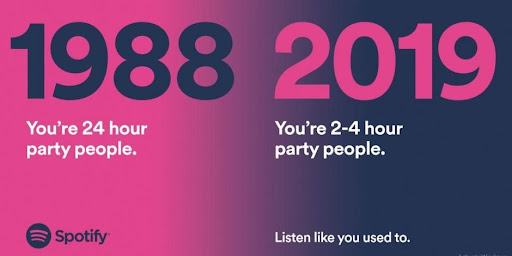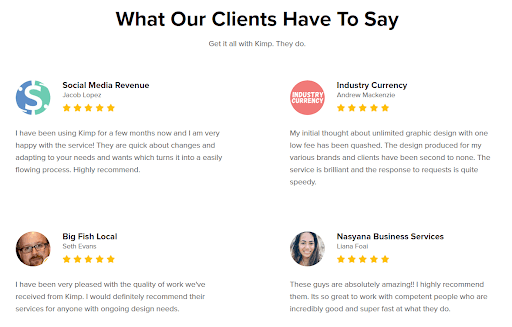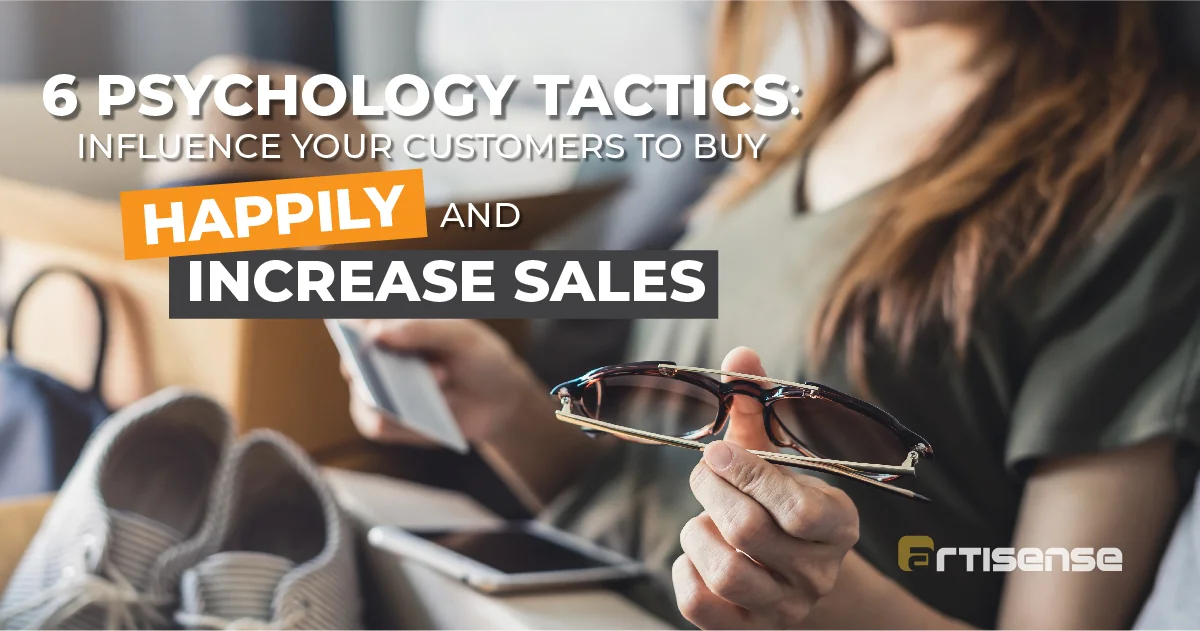
When it comes to making purchases, psychology actually plays a pretty large role in a person’s decision to buy.
If you can tap into the whys of your customers’ purchasing decisions, this can be a helpful tactic in helping you increase sales. And no, these aren’t some underhanded manipulative tactics – you’re merely providing the right influence to get your customers to buy!
Without further ado, let’s delve into how psychology can be your next sale-making hit!
1. Appeal to emotion

Many people buy on a subconscious level. Like, up to 95% of customer purchasing decisions are based on emotions instead of rational thought and facts.
Because of that, the emotional response is a very potent influence. If you can properly trigger it, your customers will be persuading themselves to buy.
As a marketer, don’t just highlight your product’s features or attributes to increase sales. Sell the lifestyle and the good feelings one can get from it; highlight the emotional response your customer gets to achieve from using your product, like happiness or satisfaction.
One method that’s great for hitting emotions is to leverage the nostalgia factor. Many customers get good feelings when you can bring them back to the good old days, and this makes them willing to buy more. You can even pair this with experiential selling to let customers try your product or service for themselves and experience the good times again.
2. Leverage the anchoring effect

A type of cognitive bias, the anchoring effect is where people tend to rely a lot on the first piece of information or trait they are presented with (the “anchor”) when making decisions.
To customers, this “anchor” becomes the benchmark that can greatly influence how much they are willing to pay.
For instance, if a customer sees a coffee mug being sold online for RM10, that price becomes the standard they follow, and any coffee mug that’s sold cheaper will seem like a great deal even if the mug is actually worth less than that.
Because of this, the anchoring effect comes in quite handy for setting prices and letting you increase sales.
You can achieve anchoring by indicating markdowns. Say, you’re selling a pair of sneakers that has a known average price of RM500, you can position your price lower in comparison to that to give your customers the perception they got a good deal.
3. Make a deal through decoy pricing

The decoy pricing strategy to increase sales is where you persuade a customer to buy a product you want to sell most through a decoy.
It works by creating another option – product C – alongside products A and B, which is priced just lower than product B but is no better. This produces the decoy effect where customers will prefer product B as it only costs a little bit more to get compared to product C.
To put things into perspective, imagine selling a small cup of soda for RM5, a medium for RM9, and a large for RM10. Many customers will choose the large as it only costs RM1 more than the medium. Here, the medium soda is the decoy, meant to boost the large soda’s sales.
As such, if you’ve been finding it hard to sell two versions of the same product (e.g., a cheaper option VS a more expensive one), creating a third option as the decoy can help you increase sales for your more expensive product.
4. Create a sense of scarcity and urgency

Scarcity and urgency make powerful motivators in getting people to buy.
When an offering is scarce, it becomes way more enticing to a customer as they know there’s a risk of missing out if they don’t buy it.
Psychologically, this is attributed to people’s FOMO, the fear of missing out. Everyone wants to get in on the best happenings and opportunities, and an offering that’s limited can be much more effective in getting customers to buy than a product that’s available all time round.
The easiest way to implement this tactic is to make your product or service limited in some way. Time-gated offers, limited availability, or making it exclusive to selected customers can all help you increase sales. If you’re selling premium movie tickets, for example, offering them at discounted prices but in limited quantities is sure to prompt customers to buy them.
5. Display your numbers carefully

How prices and discounts appear to customers can really influence whether they buy or leave. Fortunately, it’s not cheating to display them in a manner that’s more… attractive.
To start, psychological pricing is a thing. When you set prices lower than a whole number, customers often perceive them as being lower priced than they really are. This is because our minds tend to process a price starting from the first digit; the smaller it is, the cheaper it feels.
For instance, a smartphone with a price tag of RM1,999 will come off as cheaper than one that’s priced at RM2,000 despite the minimal difference.
This works inversely for discounts too – if you’re discounting a RM80 blender for 20% off, use the percentage instead of the absolute (RM16). The bigger number makes for a seemingly bigger and more appealing discount.
Besides that, visuals can also make your prices look a lot better to increase sales. Using small sizes, different colours, round numbers, and even placements can all help your prices seem lower in your customers’ minds.
6. Make use of social proof

Put simply, if people don’t know what to do in a situation, they will tend to follow or be influenced by others to do the same thing.
The reason behind this is simply rooted in our psychology – we all want to be liked and accepted, and following in others’ footsteps is the easiest way to achieve that.
Fortunately, this same mechanism is very useful in a sales context too.
If you want to see more customers and increase sales, consider displaying positive and authentic testimonials from previous customers. Bonus points if you can highlight stamps of approval, endorsements by high-profile brands or even a high subscriber count!
The key here is to show prospective customers that people are satisfied with your product or service, and this will lead them to want to get in on the action too.
Final thoughts
Sometimes, a little psychological push can be a big help in helping you increase sales. Certain biases, the way we think, and just how the human mind works in general all have an influence on a purchase decision, and the right tactics can utilize them to really turn customers over to your side.
Nevertheless, do exercise some caution when making psychology a part of your marketing arsenal. Sure, wanting to win over more customers is a given, but you don’t want to get backfired by fooling customers with misleading headlines or false price tags. That’s not cool.
All in all, understanding your customers first is one of the most important ingredients of a successful digital marketing campaign. But if you happen to be looking for a comprehensive marketing plan and strategies that can increase sales, come reach out to us at Artisense! Our team has what it takes to help you out if you’re in a pinch with getting customers so don’t hesitate to hit us up!


